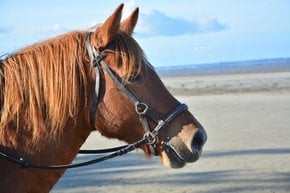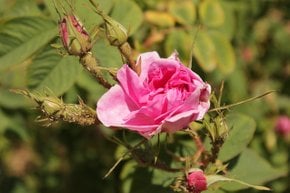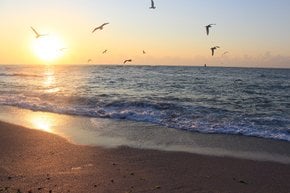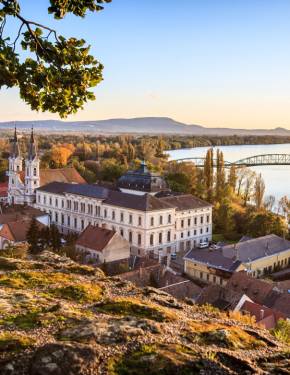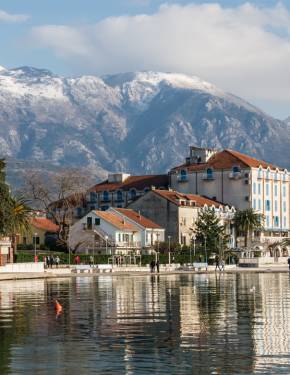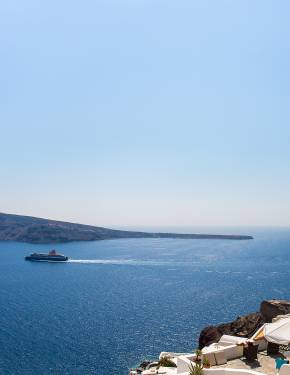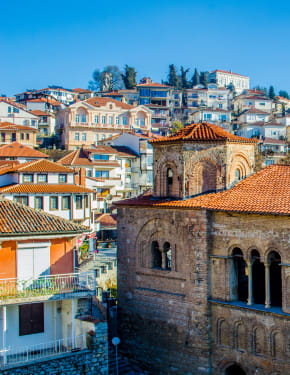Birds Migration in Bulgaria 2026
Have fun watching the autumn and spring migration of a large stream of storks, pelicans, and other birds in Bulgaria
Best time: April–May | August–September
Bulgaria is a significant hub for bird migration in Europe, with over 405 species recorded across its diverse landscapes. This richness in avian life is largely due to the country's strategic location along two major migration routes: Via Pontica and Via Aristotelis. These routes are critical pathways for birds traveling between Europe and Africa, making Bulgaria an excellent destination for birdwatchers, particularly during the peak migration periods of late spring and early autumn.
Observing the Bird Migration
Bird migration in Bulgaria is primarily observed during the spring and autumn months when birds travel between their breeding and wintering grounds. As the seasons change, various species, including storks, pelicans, eagles, and songbirds, can be seen moving through the region. The migration is influenced by weather conditions, food availability, and daylight hours, leading to variations in timing. According to experts, peak migration periods typically occur from late March to early May in spring and from late August to early October in autumn.
Best Locations for Birdwatching
One of the most renowned sites for observing bird migration in Bulgaria is the Via Pontica flyway, a major migratory route for birds in Europe. This route passes through the eastern part of the country along the Black Sea coast, offering several prime birdwatching locations, including the Bourgas Wetlands and Cape Kaliakra. Bird enthusiasts can explore numerous other prominent locations throughout Bulgaria to witness the impressive migrations. Notable sites include the Black Sea coast, the Srebarna Biosphere Reserve, the Eastern Rhodopes, and the coastal wetlands near Durankulak and Shabla. Each of these locations provides unique opportunities to observe a wide variety of bird species.
Black Sea Coast: Bourgas Wetlands
The coastline of the Black Sea is one of the best places to observe large flocks of migrating birds. Key spots include the Bourgas Wetlands, which encompass lakes such as Bourgas, Atanasovsko, Mandra, and Pomorie. The wetlands host around 226 species of birds, including birds of prey (eagles, falcons, and owls), endangered species, and water-loving species such as herons, pelicans, cormorants, swans, wild ducks, eiders, and others. The autumn migration is particularly notable for large numbers of white storks and other soaring birds. These sites do not have specific visiting hours or entrance fees, allowing for flexible visits.
Cape Kaliakra
Known for its dramatic cliffs and stunning sea views, Cape Kaliakra is another excellent spot to witness bird migration. Located about 70 km from Varna, visitors can access the area by car or public transport. The cape is part of a nature reserve with walking trails and observation points.
Srebarna Biosphere Reserve
Located near the Danube River, this UNESCO World Heritage Site is home to over 180 bird species. The reserve’s reed beds provide nesting and wintering habitats for species such as the Dalmatian pelican and the great egret.
Eastern Rhodopes
This mountainous region is known for its raptors, including vultures and eagles. The Arda River gorge is a particularly good spot for viewing these birds in their natural habitat.
Western Rhodopes
The Trigrad Gorge offers sightings of rare species like the wallcreeper. The rocky landscapes provide ideal conditions for these elusive birds.
Access and Infrastructure
Most birdwatching sites in Bulgaria are accessible by road, and many have basic facilities for visitors. The Bourgas Wetlands, for example, are close to the city of Bourgas, which offers various accommodations and dining options. Camping facilities and guided tours are available in several locations, providing visitors with a more immersive experience. While organized tours can enhance the birdwatching experience, they are not mandatory, and many sites can be explored independently.
Guided Birdwatching Tours
Guided birdwatching tours in Bulgaria typically range from €50 to €150 per person for a day tour, depending on the level of service and the specific locations covered. Multi-day tours, which offer a more in-depth exploration of Bulgaria's diverse bird habitats, can range from €300 to €1,000 or more, depending on the duration and inclusions such as accommodation, meals, and transportation.
Birdwatching Guidelines
When observing birds, it's important to respect their natural habitat. Maintaining a safe distance, minimizing noise, and avoiding bright clothing can help prevent disturbing the birds. Feeding wild birds is discouraged as it can disrupt their natural foraging behaviors and diet. As the organizers emphasize, responsible birdwatching ensures the safety and well-being of the birds while enhancing the experience for observers.
Technological Aids
For those interested in documenting their observations, tools like the SmartBirds and SmartBirds Pro applications are available. These apps offer field guides and digital notebooks for recording sightings, making them valuable resources for both amateur and experienced birdwatchers. Data collected through these applications contribute to conservation efforts by providing important information about bird populations and migration patterns.
Additional Attractions
Besides birdwatching, visitors to Bulgaria can explore nearby attractions such as cultural landmarks, hot springs, fishing, paragliding, and hiking trails. The country's rich history and natural beauty offer a diverse range of activities for nature enthusiasts and travelers alike.































































